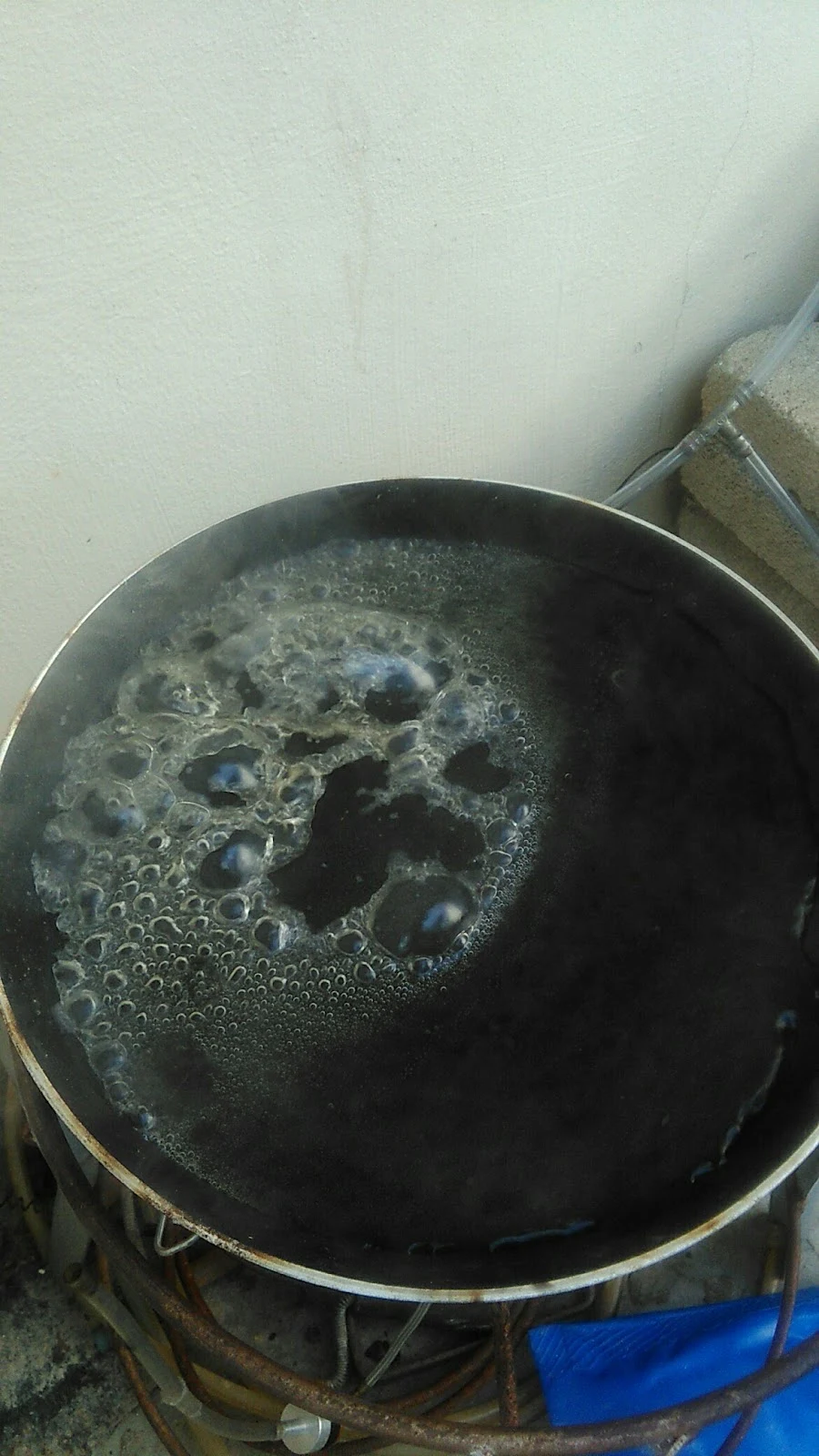Source: Joel Canaria
Observe a typical design of a digester.
Inlet - feeding occurs here having the largest diameter among all.
Gas outlet - biogas produced from the process goes out thru here connected to external storage.
Overflow - where slurry displaced by a new feeding goes out thru here.
Stirrer - to make sure agitation takes place. Optional for some practitioner.
Drain - to let the accumulated sediment to flow out thru to be discarded after operating for sometime.














